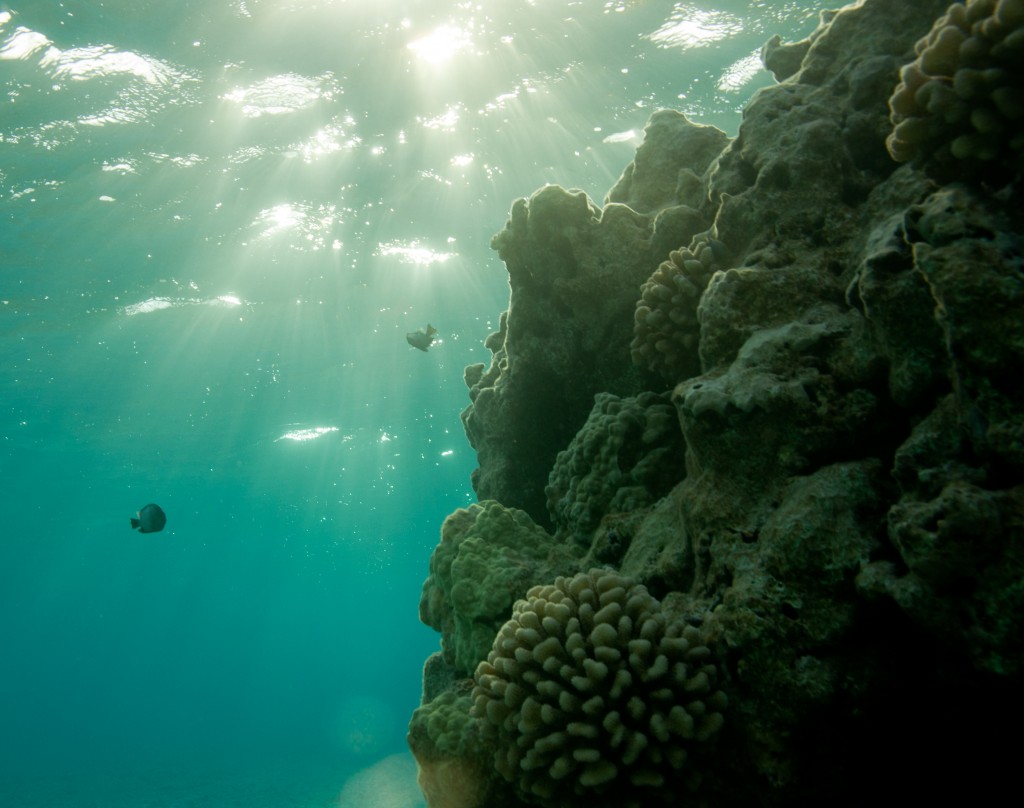
The golden promise of marine protected areas – ocean swaths set aside for the management of natural and cultural marine resources – may prove empty by mid-century. As global climate warms, so does ocean temperature, forcing species habitats pole-ward. Marine protected areas (MPAs) don’t tail along.
Though the United States manages a network of more than 1,600 MPAs, climate change, “adds to the uncertainty regarding the necessary design and the possible effectiveness of marine protected areas,” said Brad deYoung of Memorial University at this year’s annual meeting of the American Association for the Advancement of Sciences.
Marine biologists have observed species shifting habitat as much as two miles per year, and anticipate changes as great as 180 miles over the next 50 years. These changes presage the need for a far more flexible, collaborative and forward-looking MPA policy process responsive to changing habitats. Presently, inflexible borders are drawn and fixed: as marine animals move to the suburbs, their old domiciles may soon sit empty, like a vacant urban lot fenced off for no good reason. This will leave threatened and endangered species exposed to new and unmanaged risks.
Dr. deYoung is hopeful that new modeling processes can readily surmount the technical challenges faced by marine biologists. “Our knowledge, although imperfect, is certainly sufficient to design effective marine protected areas,” he said. “New modeling and observational tools add substantially to our ocean toolkit.”
Of course, whether politics, given good science, will develop effective policy is another question entirely.
Do you think that MPAs will lose their effectiveness as climate change drives large shifts in ocean climate and ecology? Weigh in!